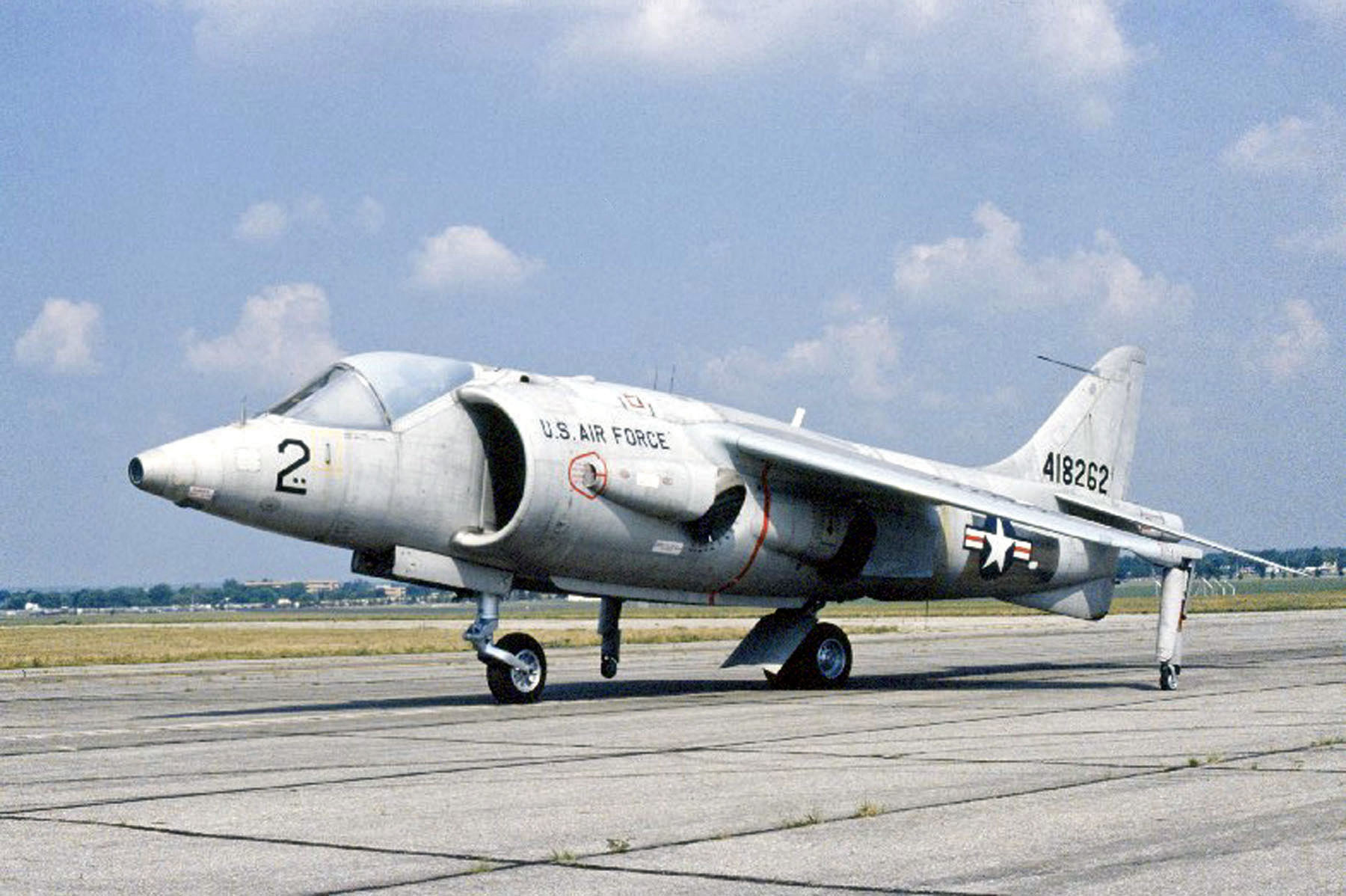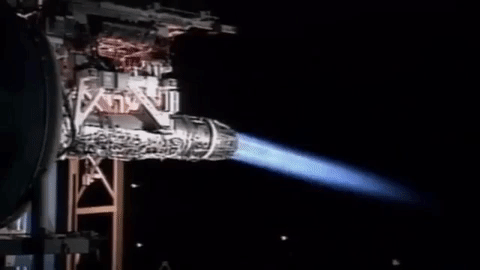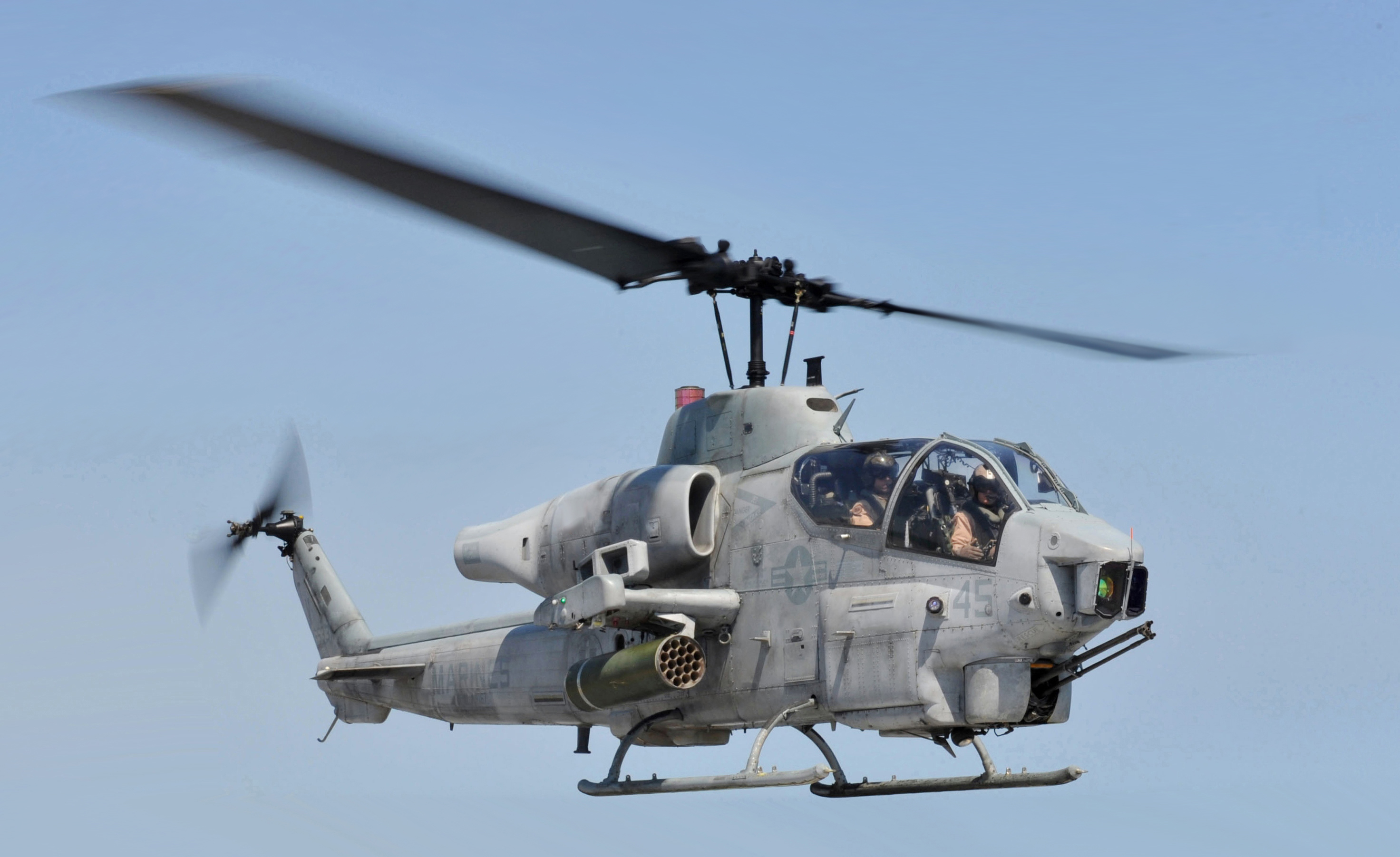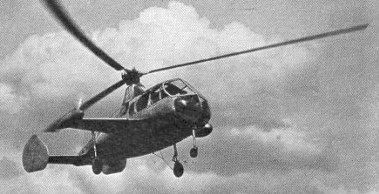|
VTOL
A vertical take-off and landing (VTOL) aircraft is one that can takeoff and landing, take off and land vertically without relying on a runway. This classification can include a variety of types of aircraft including helicopters as well as thrust-vectoring fixed-wing aircraft and other hybrid aircraft with powered helicopter rotor, rotors such as cyclogyro, cyclogyros/cyclocopters and gyrodynes. Some VTOL aircraft can operate in other modes as well, such as CTOL (conventional take-off & landing), STOL (short take-off & landing), or STOVL (short take-off & vertical landing). Others, such as some helicopters, can only operate as VTOL, due to the aircraft lacking landing gear that can handle taxiing. VTOL is a subset of V/STOL (vertical or short take-off & landing). Some aerostat, lighter-than-air aircraft also qualify as VTOL aircraft, as they can hover, takeoff and land with vertical approach/departure profiles. Electric vertical takeoff and landing aircraft, or eVTOLs, are being ... [...More Info...] [...Related Items...] OR: [Wikipedia] [Google] [Baidu] |
EVTOL
An electric vertical take-off and landing (eVTOL) aircraft is a variety of VTOL (vertical take-off and landing) aircraft that uses electric power to hover, takeoff and landing, take off, and land vertically. This technology came about owing to major advances in electric propulsion (Electric motor, motors, Electric battery, batteries, fuel cells, Electronic speed control, electronic controllers) and the emerging need for new aerial vehicles for Advanced Air Mobility and Urban Air Mobility that can enable greener and quieter flights. Electric and hybrid propulsion systems (EHPS) have also the potential of lowering the operating costs of aircraft. Original eVTOL aircraft designs are being developed by original equipment manufacturers (OEMs) that include legacy manufacturers such as Airbus, Boeing, Embraer, Honda, Hyundai Motor Company, Hyundai, and Toyota, as well as several start-up companies including Archer Aviation, EHang, Joby Aviation, Overair, and Volocopter. This ecosystem o ... [...More Info...] [...Related Items...] OR: [Wikipedia] [Google] [Baidu] |
Harrier Jump Jet
The Harrier, informally referred to as the Harrier jump jet, is a family of jet-powered attack aircraft capable of vertical/short takeoff and landing operations (V/STOL). Named after the bird of prey, it was originally developed by British manufacturer Hawker Siddeley in the 1960s. The Harrier emerged as the only truly successful V/STOL design of the many attempted during that era. It was conceived to operate from improvised bases, such as car parks or forest clearings, without requiring large and vulnerable air bases. Later, the design was adapted for use from aircraft carriers. There are two generations and four main variants of the Harrier family, developed by both UK and US manufacturers: * Hawker Siddeley Harrier (first generation) ** British Aerospace Sea Harrier * McDonnell Douglas AV-8B Harrier II (second generation) ** British Aerospace Harrier II The Hawker Siddeley Harrier is the first generation-version and is also known as the AV-8A or AV-8C Harrier; i ... [...More Info...] [...Related Items...] OR: [Wikipedia] [Google] [Baidu] |
Takeoff And Landing
Aircraft have different ways to take off and land. Conventional airplanes accelerate along the ground until reaching a speed that is sufficient for the airplane to takeoff and climb at a safe speed. Some airplanes can take off at low speed, this being a short takeoff. Some aircraft such as helicopters and Harrier jump jets can take off and land vertically. Rockets also usually take off vertically, but some designs can land horizontally. Horizontal takeoff and landing Aircraft Conventional takeoff and landing (CTOL) =Takeoff= Takeoff is the phase of flight in which an aircraft goes through a transition from moving along the ground ( taxiing) to flying in the air, usually starting on a runway. For balloons, helicopters and some specialized fixed-wing aircraft (VTOL aircraft such as the Harrier), no runway is needed. Takeoff is the opposite of landing. =Landing= Landing is the last part of a flight, where a flying aircraft or spacecraft (or animals) returns to the g ... [...More Info...] [...Related Items...] OR: [Wikipedia] [Google] [Baidu] |
Thrust-vectoring
Thrust vectoring, also known as thrust vector control (TVC), is the ability of an aircraft, rocket or other vehicle to manipulate the direction of the thrust from its engine(s) or motor(s) to control the attitude or angular velocity of the vehicle. In rocketry and ballistic missiles that fly outside the atmosphere, aerodynamic control surfaces are ineffective, so thrust vectoring is the primary means of attitude control. Exhaust vanes and gimbaled engines were used in the 1930s by Robert Goddard. For aircraft, the method was originally envisaged to provide upward vertical thrust as a means to give aircraft vertical (VTOL) or short (STOL) takeoff and landing ability. Subsequently, it was realized that using vectored thrust in combat situations enabled aircraft to perform various maneuvers not available to conventional-engined planes. To perform turns, aircraft that use no thrust vectoring must rely on aerodynamic control surfaces only, such as ailerons or elevator; aircraf ... [...More Info...] [...Related Items...] OR: [Wikipedia] [Google] [Baidu] |
Personal Air Vehicles
A personal air vehicle (PAV) is a proposed class of passenger aircraft providing on-demand air transport. The emergence of this alternative to traditional ground transport methods has been enabled by unmanned aerial vehicle technologies and electric propulsion. Barriers include aviation safety, airworthiness, operating costs, usability, airspace integration, aircraft noise and emissions, tackled first by small UAS certification then experience. Definition There is no fully accepted definition as yet of a personal air vehicle (PAV). Typically it is understood to be an autonomous electric aircraft with point-to-point VTOL capability. It may or may not be treated as a single-seat autonomous electric vehicle, as distinguished from the multi-seat eVTOL. It is intended to provide flight convenience similar to the private car in terms of accessibility and ease of operation, while also offering the speed and routing efficiencies made possible by direct point-to-point flight. The P ... [...More Info...] [...Related Items...] OR: [Wikipedia] [Google] [Baidu] |
Helicopter Rotor
On a helicopter, the main rotor or rotor system is the combination of several rotary wings (rotor blades) with a control system, that generates the aerodynamic lift (force), lift force that supports the weight of the helicopter, and the thrust that counteracts aerodynamic drag in forward flight. Each main rotor is mounted on a vertical mast over the top of the helicopter, as opposed to a helicopter tail rotor, which connects through a combination of drive shaft(s) and gearboxes along the tail boom. The blade pitch is typically controlled by the pilot using the helicopter flight controls. Helicopters are one example of rotary-wing aircraft (rotorcraft). The name is derived from the Greek words ''helix'', helik-, meaning spiral; and ''pteron'' meaning wing. Design principles Overview The helicopter rotor is powered by the engine, through the transmission, to the rotating mast. The mast is a cylindrical metal shaft that extends upward from—and is driven by—the transmission. ... [...More Info...] [...Related Items...] OR: [Wikipedia] [Google] [Baidu] |
Tiltrotor
A tiltrotor is an aircraft that generates lift (force), lift and thrust, propulsion by way of one or more powered Helicopter rotor, rotors (sometimes called ''proprotors'') mounted on rotating shaft (mechanical engineering), shafts or nacelles usually at the ends of a fixed wing. Almost all tiltrotors use a transverse rotor design, with a few exceptions that use other multirotor layouts. Tiltrotor design combines the VTOL capability of a helicopter with the speed and range (aircraft), range of a conventional fixed-wing aircraft. For vertical flight, the rotors are angled so the plane of rotation is horizontal, generating lift the way a normal helicopter rotor does. As the aircraft gains speed, the rotors are progressively tilted forward, with the plane of rotation eventually becoming vertical. In this mode the rotors provide thrust as a propeller (aircraft), propeller, and the airfoil of the fixed wings takes over providing the lift via the forward motion of the entire aircra ... [...More Info...] [...Related Items...] OR: [Wikipedia] [Google] [Baidu] |
STOVL
A short take-off and vertical landing aircraft (STOVL aircraft) is a fixed-wing aircraft that is able to take off from a short runway (or take off vertically if it does not have a heavy payload) and land vertically (i.e. with no runway). The formal NATO definition (since 1991) is: On aircraft carriers, non-catapult-assisted fixed-wing short takeoffs are accomplished with the use of thrust vectoring, which may also be used in conjunction with a runway " ski-jump". There are 14 aircraft carriers that operate these STOVL aircraft: United States (9), United Kingdom (2), Italy (2), and Spain (1). Use of STOVL tends to allow aircraft to carry a larger payload compared to vertical take-off and landing (VTOL), while still only requiring a short runway. The most famous examples are the Hawker Siddeley Harrier and the BAe Sea Harrier. Although technically a V/STOL aircraft, they are operationally STOVL aircraft due to the extra weight carried at take-off for fuel and armaments. The ... [...More Info...] [...Related Items...] OR: [Wikipedia] [Google] [Baidu] |
V/STOL
A vertical and/or short take-off and landing (V/STOL) aircraft is an airplane able to takeoff and landing, take-off or land vertically or on short runways. VTOL, Vertical takeoff and landing (VTOL) aircraft are a subset of V/STOL craft that do not require runways at all. Generally, a V/STOL aircraft needs to be able to hover. Helicopters are not considered under the V/STOL classification as the classification is only used for aeroplanes, aircraft that achieve lift (force) in forward flight by planing the air, thereby achieving speed and fuel efficiency that is typically greater than the capability of helicopters. Most V/STOL aircraft types were experiments or outright failures from the 1950s to 1970s. V/STOL aircraft types that have been produced in large numbers include the F-35B Lightning II, Harrier jump jet, Harrier and V-22 Osprey. A rolling takeoff, sometimes with a ramp (Aircraft ski-jump, ski-jump), reduces the amount of thrust required to lift an aircraft from the gro ... [...More Info...] [...Related Items...] OR: [Wikipedia] [Google] [Baidu] |
Gyrodyne
A gyrodyne is a type of VTOL aircraft with a helicopter rotor-like system that needs to be driven by its engine only for takeoff and landing, and includes one or more conventional propeller or jet engines to provide thrust during cruising flight. During forward flight the rotor is unpowered and free-spinning, like an autogyro (but unlike a compound helicopter), and lift is provided by a combination of the rotor and conventional wings. The gyrodyne is one of a number of similar concepts which attempt to combine helicopter-like low-speed performance with conventional fixed-wing high-speeds, including tiltrotors and tiltwings. In response to a Royal Navy request for a helicopter, Dr. James Allan Jamieson Bennett designed the gyrodyne whilst serving as the chief engineer of the Cierva Autogiro Company. The gyrodyne was envisioned as an intermediate type of rotorcraft, its rotor operating parallel to the flightpath to minimize axial flow with one or more propellers providing ... [...More Info...] [...Related Items...] OR: [Wikipedia] [Google] [Baidu] |
Bell Boeing V-22 Osprey
The Bell Boeing V-22 Osprey is an American multi-use, tiltrotor military transport and cargo aircraft with both vertical takeoff and landing (VTOL) and short takeoff and landing (STOL) capabilities. It is designed to combine the functionality of a conventional helicopter with the long-range, high-speed cruise performance of a turboprop aircraft. The V-22 is operated by the United States and Japan, and is not only a new aircraft design, but a new type of aircraft that entered service in the 2000s, a tiltrotor compared to fixed wing and helicopter designs. The V-22 first flew in 1989 and after a long development was fielded in 2007. The design combines the vertical takeoff ability of a helicopter with the speed and range of a fixed-wing airplane. The failure of Operation Eagle Claw in 1980 during the Iran hostage crisis underscored that there were military roles for which neither conventional helicopters nor fixed-wing transport aircraft were well-suited. The United States Dep ... [...More Info...] [...Related Items...] OR: [Wikipedia] [Google] [Baidu] |
Focke-Achgelis Fa 269
The Focke-Achgelis Fa 269 was a tiltrotor VTOL aircraft project designed by Henrich Focke. Development Conceived as a single-seat fighter, the Fa 269 project resulted from a design study order issued by the Reich Air Ministry to Focke-Achgelis in 1941. The order called for a local defence fighter which would combine the VTOL capabilities of a helicopter with the speed and economy of a conventional fixed-wing aircraft. A large amount of wind tunnel testing was undertaken, along with work on gearboxes, drives and power-pivoting mechanisms, and a full-scale mock-up of the aircraft was built to demonstrate the VTOL concept, but much of this was destroyed by Allied bombing raids and all work was shelved in 1944, when Focke-Achgelis estimated that there was little likelihood of a practical prototype being available before 1947. Design A mid-wing monoplane, the Fa 269 was to have been powered by a single BMW 801 air-cooled radial engine The radial engine is a reciprocating engine, ... [...More Info...] [...Related Items...] OR: [Wikipedia] [Google] [Baidu] |











